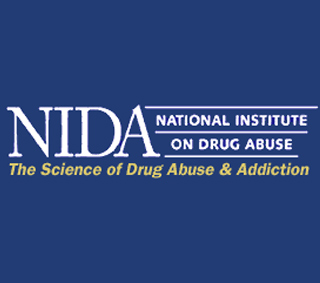
A population of small RNAs, known as microRNAs representing a unique class of regulatory molecules have supposedly been noticed, documented and categorized by investigators in the last decade. During the research, the experts analyzed rats and discovered an elevation in levels of a specific microRNA sequence known as microRNA-212 in the brains of the rat consuming cocaine.
NIDA Director Dr. Nora D. Volkow said, “This study enhances our understanding of how brain mechanisms, at their most fundamental levels, may contribute to cocaine addiction vulnerability or resistance to it. This research provides a wonderful example of how basic science discoveries are critical to the development of new medical treatments and targeted prevention.”
With the increase in its levels, the rats indicated a growing dislike for cocaine and eventually controlled the amount they consumed. However, rats consuming more cocaine displayed decreased levels of microRNA-212. Such rats were considered to be equal to humans addicted to cocaine. The results of the research suggest microRNA-212 to be significant in regulating cocaine intake in rats and also in vulnerability to addiction.
Paul J. Kenny, senior investigator on the research and an associate professor at the Scripps research facility affirmed, “The results of this study offer promise for the development of a totally new class of anti-addiction medications. Because we are beginning to map out how this specific microRNA works, we may be able to develop new compounds to manipulate the levels of microRNA-212 therapeutically with exquisite specificity, opening the possibility of new treatments for drug addiction.”
microRNA-212 discovered in rats is also possibly identified in the human dorsal striatum, which is a brain region associated to drug abuse and habit formation. The researchers affirmed that rats with a history of extended cocaine access display behavior similar to that observed in humans addicted to drugs. Present day data claims that 15 percent of people using cocaine are addicted to it. This research ascertains microRNAs as important factors contributing to this exposure.
The research is published in the journal Nature.
